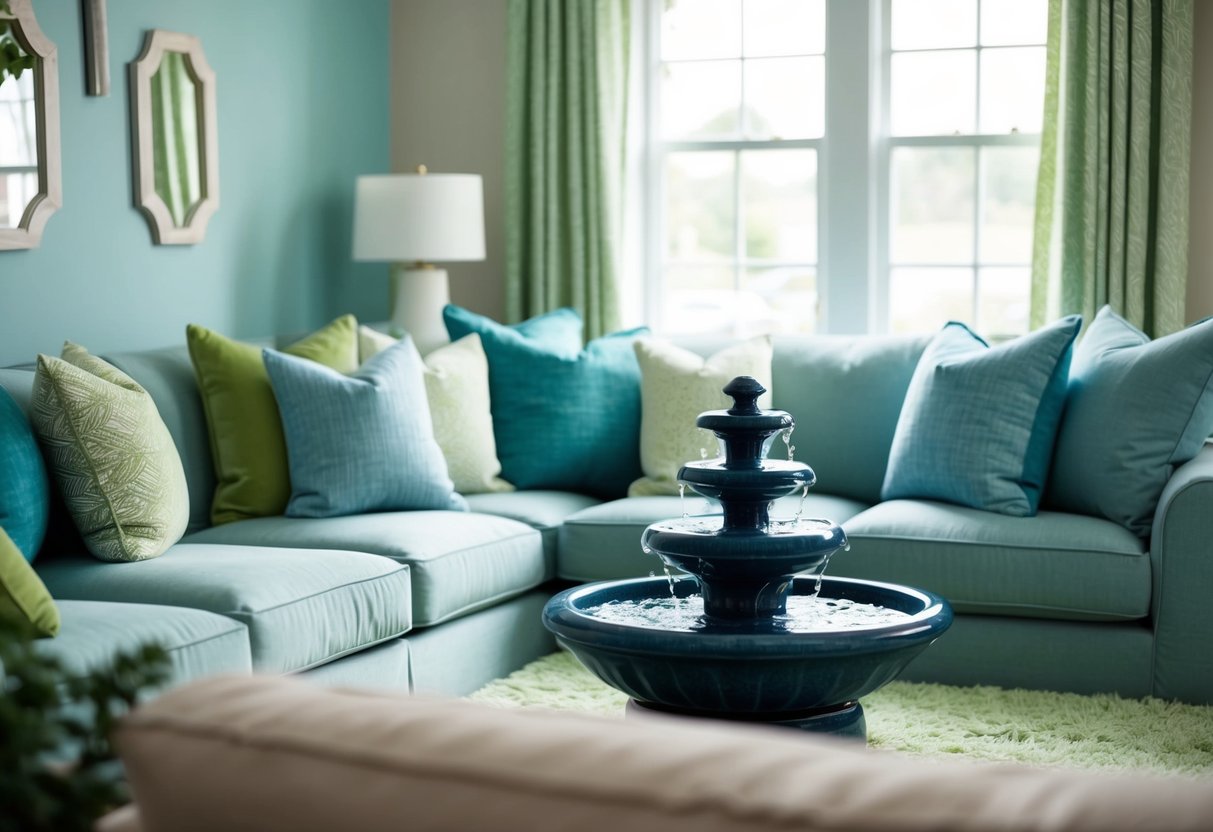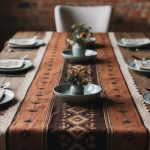Creating a Home Oasis with Stress-Relief Decor
Maximizing Natural Light
Maximizing natural light is crucial in biophilic design as it influences the mood and energy of a space. Large windows, skylights, and strategically placed mirrors help to allow sunlight to permeate the home. This reduces reliance on artificial lighting, creating a more natural rhythm and atmosphere. Light-filtering window treatments permit daylight while maintaining privacy.
Positioning furniture to capitalize on sunlight exposure can also enhance well-being. Morning or afternoon light can be particularly uplifting, while south-facing windows optimize daylight throughout the day. Natural light creates a visual connection to the outside, making spaces feel larger and more inviting, which is a key principle of biophilic design.
Choosing Calming Colors

Selecting calming colors for a living space can transform it into a refuge from the hectic world. Colors influence mood and well-being, making them pivotal in creating a serene environment. Understanding color psychology and selecting a tranquil color palette are key elements in this process.
Psychology of Color
Color psychology examines how different shades affect emotions and behaviors. Soft blues and greens often induce feelings of calm and relaxation. These colors are reminiscent of nature, which can create a soothing effect. Neutral colors like beige and taupe provide a sense of stability and grounding. They contribute to a relaxing ambiance by not overwhelming the senses.
Lighter shades of purple, such as lavender, are known for their calming properties. These subtle hues can help reduce stress and promote tranquility. On the contrary, bright and bold colors might raise energy levels and can be less suited for spaces aimed at relaxation. The right balance of color can set the tone for a peaceful home environment.
Palette Suggestions for Tranquility
Choosing a palette that embodies tranquility is essential for creating a relaxing home atmosphere. Soft blues paired with whites can create a serene coastal feel. Sage green combined with muted grays offers a calming, natural look. These combinations provide a seamless flow of colors that relax the eyes and mind.
Incorporating pastel hues, such as pale yellows or gentle pinks, can add warmth while maintaining a calm atmosphere. Neutral colors like soft ivory or light sand can serve as a versatile base. Balancing these with light wood tones in furniture further enhances the soothing effect. The strategic use of calming colors can help turn any home into a personal oasis.
Furniture and Comfort
Creating a home oasis starts with choosing the right furniture to foster relaxation. Key elements include a cozy mattress for quality sleep and inviting seating for leisure and social interaction.
Selecting the Right Mattress
Selecting the right mattress is crucial for restful sleep and stress relief. It’s essential to consider factors like firmness, material, and size. Memory foam mattresses offer excellent support and contouring, while innerspring options provide a more traditional feel with significant bounce. Latex mattresses are a good alternative for those seeking durability and hypoallergenic properties. Pillow top mattresses can add extra comfort for those who enjoy a softer surface. The importance of testing various options in-store cannot be overstated, as personal preference plays a significant role in mattress selection. A quality mattress paired with supportive pillows can greatly enhance sleep quality, in turn promoting physical and mental well-being.
Comfortable Seating Options
Comfortable seating options are fundamental in crafting a relaxing home environment. Sofas and chairs should offer support and accommodate long periods of sitting without causing discomfort. Textures, patterns, and materials such as soft leather or plush fabric can contribute to a cozy feel. Recliners and sectional sofas provide versatility and adaptability to various room sizes and styles. Bean bags and oversized floor cushions are informal choices that can add a fun and relaxed atmosphere. It’s important to balance comfort with aesthetics to ensure the furniture complements the overall decor, making the space inviting for both the inhabitants and guests alike.



